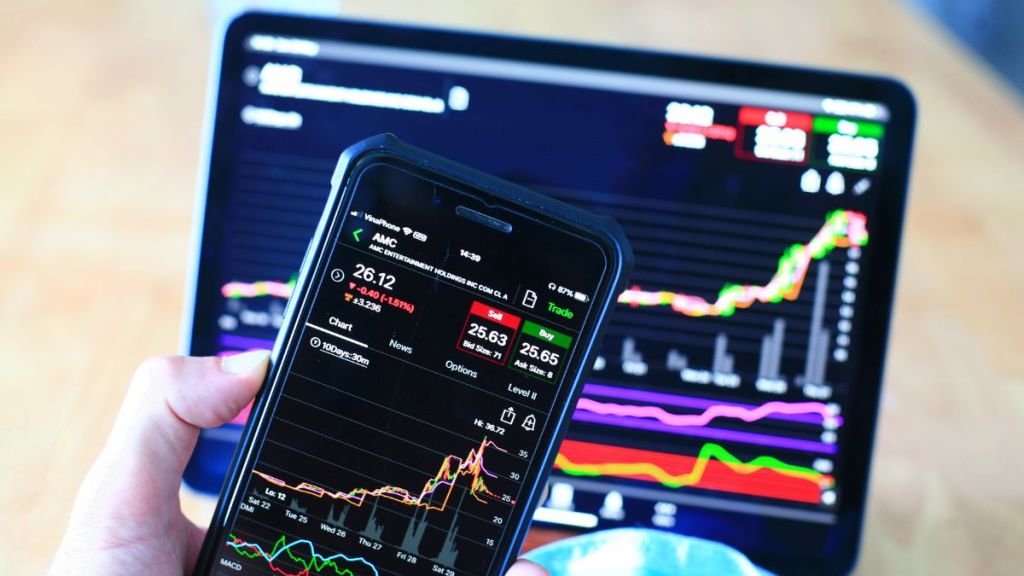It’s a choppy day of trade but the markets are trading within a tight 200 points band. Both the Nifty and Sensex have been oscillating in that range. The Sensex hit an intra-day high of 80,844 and is currently trading at 80,600 as per latest data at 12:20 pm. The Nifty too hit an intra-day high of 24,449 and is trading around 24,387 as per latest data at 12:20 pm. The broader markets have outperformed. The BSE Midcap Index is up 1.1% while the BSE Smallcap clocked 0.81% gains. Tata Motors is the biggest Index gainer with 4% gains while Sun Pharma saw sharp cut, down 1.5%.
Three big triggers for the markets at this hour
Here is a look at the big factors impacting markets at this hour-
Operation Sindoor
Quite expectedly the markets opened slightly edgy after India launched Operation Sindoor and 9 terror camps in Pakistan were targetted. The Foreign Secretary’s comments that the Indian attacks were launched with the aim to destroy terror camps and infrastructure in Pakistan did help reassure investors. Most market observers believe that the impact on market will be limited if the military action is contained,
Market expert Ajay Bagga said, “The geopolitical risk that was hanging over the Indian markets has got crystallised today with the Indian strikes on POK and Pakistan based terror camps. The future impact on the market will depend on whether this strike remains contained to today or if it expands. Geopolitical risk remains elevated and we could see some more selling in the Indian markets.”
Another key market analyst, Ambareesh Baliga added that, “if Operation Sindoor remains localised within a band and ends soon, we could have the markets witnessing a smart recovery. In case it widens, the uncertainty will sink the market. As of now it would be a wait & watch strategy”
US-China Summit on trade negotiations
However, apart from this the other major cue for the market includes the upcoming trade negotiations. The latest reports on Reuters indicate that US Treasury Secretary Scott Bessent and US Chief trade negotiator Jamieson Greer will meet China’s top economic official He Lifeng in Switzerland this weekend for talks.
According to Bagga this will be another big cue, “Global cues are positive as there are reports of a US China summit on trade negotiations in Switzerland. India announced the signing of a trade agreement with the UK . US futures are up on the US China talks news .China has announced further policy easing, it will cut key rates by 10 points, bank reserve requirement by 50 points in bid to boost economy,”
India signed the historic deal with UK late last evening after several rounds of negotiation. The deal is projected to contribute nearly 5 billion poiund
Continued FII buying helps sentiment
The other big factor helping the Indian indices is the continued FII buying in the Indian indices. The foreign institutional investors have net bought close to Rs 45,000 crore in the past 14 sessions. This is a big reassurance to domestic investors. VK Vijayakumar, Chief Investment Strategist, Geojit Investments explained that “The main catalyst of the market resilience in India is the sustained FII buying of the last 14 trading days. FIIs are focused on the global macros like weak dollar, slower growth in US and China in 2025 and India’s potential outperformance in growth. This can keep the market resilient.”
He however cautioned that investors have to watch the developments in the border market too. “The big shift in market preference in favour of large caps away from overvalued segments of mid and smallcaps is significant. FIIs, as always, are mainly buying large caps. This trend can continue,” he added.
Lessons from history
The other big factor that analysts attribute the current poise and measured movement in the market is the way markets have moved historically.
Pankaj Singh, smallcase manager and Founder and Principle Researcher at SmartWealth.ai highlighted that the, geopolitical tension like the ongoing Indo-Pak standoff under Operation Sindoor tend to cause immediate market volatility,. Historically, such episodes trigger short-term dips like we have seen in case of Kargil War (-4%), Parliament Attack (-3%), Mumbai Attacks (-4%), and Balakot Airstrike (-3%).
However, “markets have consistently rebounded in the long-term. After the Kargil War, the Sensex surged 63% within a year. Post-Parliament Attack, it rose over 20% the following year. Following the Mumbai Attacks, it gained 60% within 12 months, and after Balakot, it climbed 15% by year-end,” he added.
According to him, “history shows that Indian markets demonstrate strong resilience once clarity returns. Unless accompanied by broader economic or global shocks, Indo-Pak tensions have not had a lasting negative impact. Investors should focus on fundamentals, not fear.”

